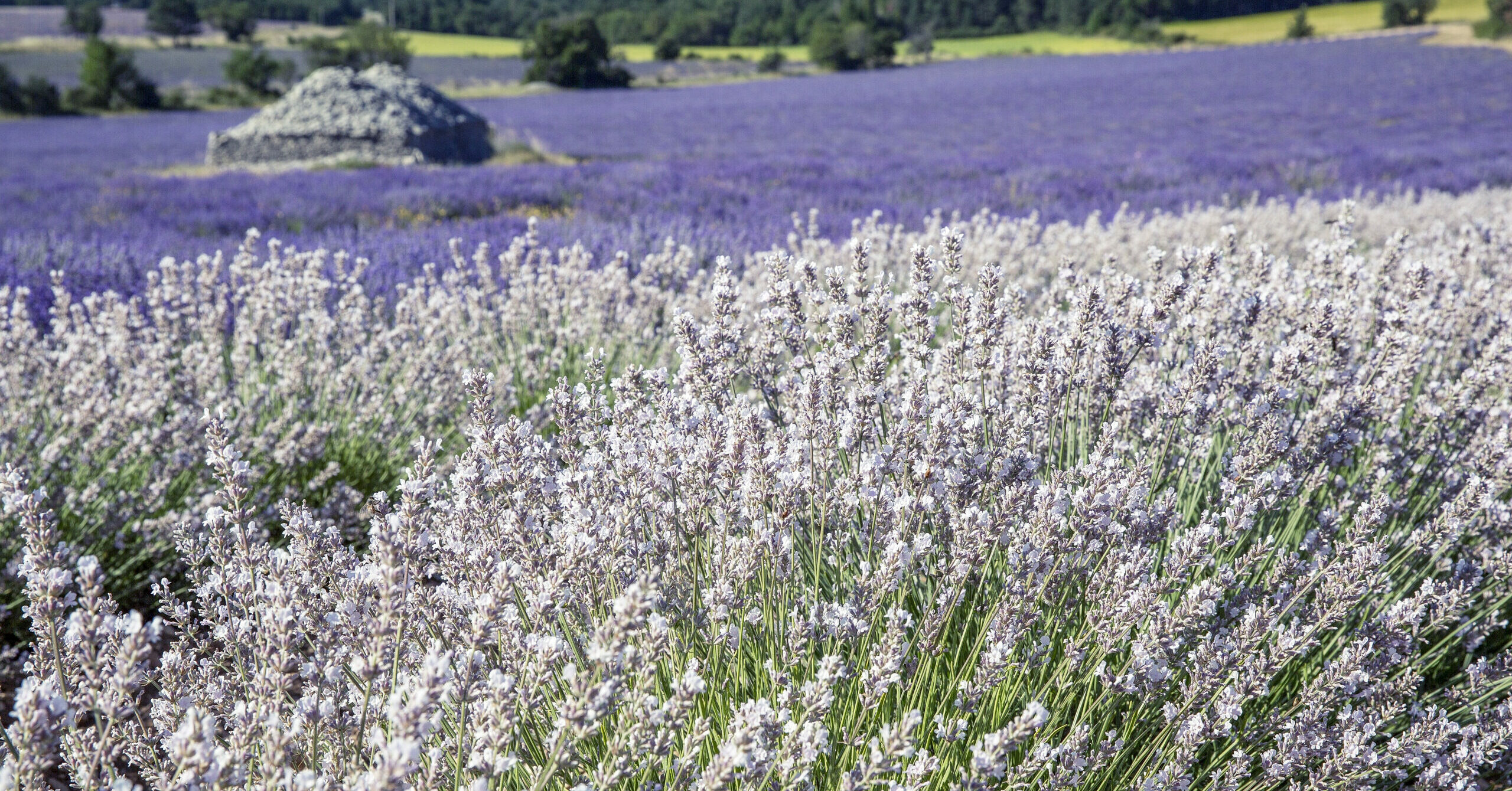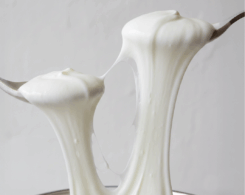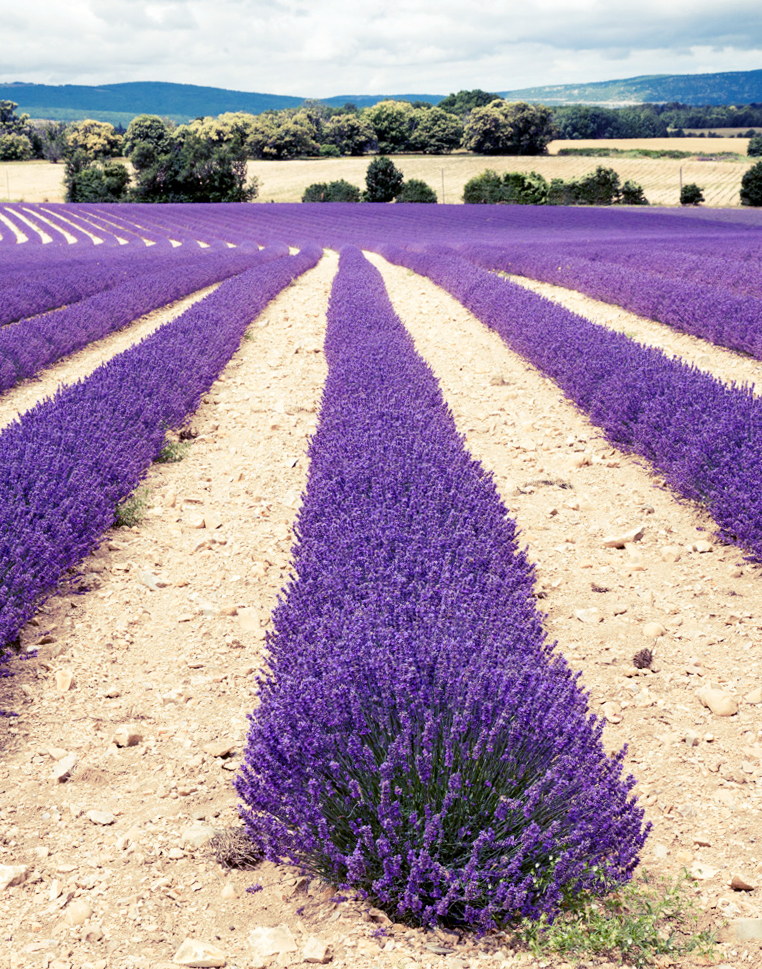
Although lavender was first used by the Romans who used it to scent their baths, beds, clothes and hair more than 2000 years ago, today lavender is an easily recognizable symbol of the south of France.
Famously cultivated in the hills of Provence, this beautiful plant has become an iconic ingredient in modern perfumery. We’re honored to partner with lavender producers in the south of France to ensure top quality lavender oils are available to our perfumers. At the same time, we protect the lavender fields from disease and damage and support local farmers.
Working to Protect Lavender Farms
Supporting local lavender farmers has a lot to do with sustainability. Lavender is often referred to as “blue gold” – blue because of the wonderful purple and blueish-indigo colors it adds to the Provençal landscapes; gold because of its historical value as the favorite flower of the European aristocracy in the 16th – 18th centuries when it was as expensive as gold and reserved exclusively for nobility. Today, lavender is still highly sought-after worldwide, as well as a crucial source of income for local farmers. But, there is a big problem threatening the agriculture of this blue gold. Lavender fields have been heavily attacked for years by the cicadella insect (also known as leafhopper) and climate change.
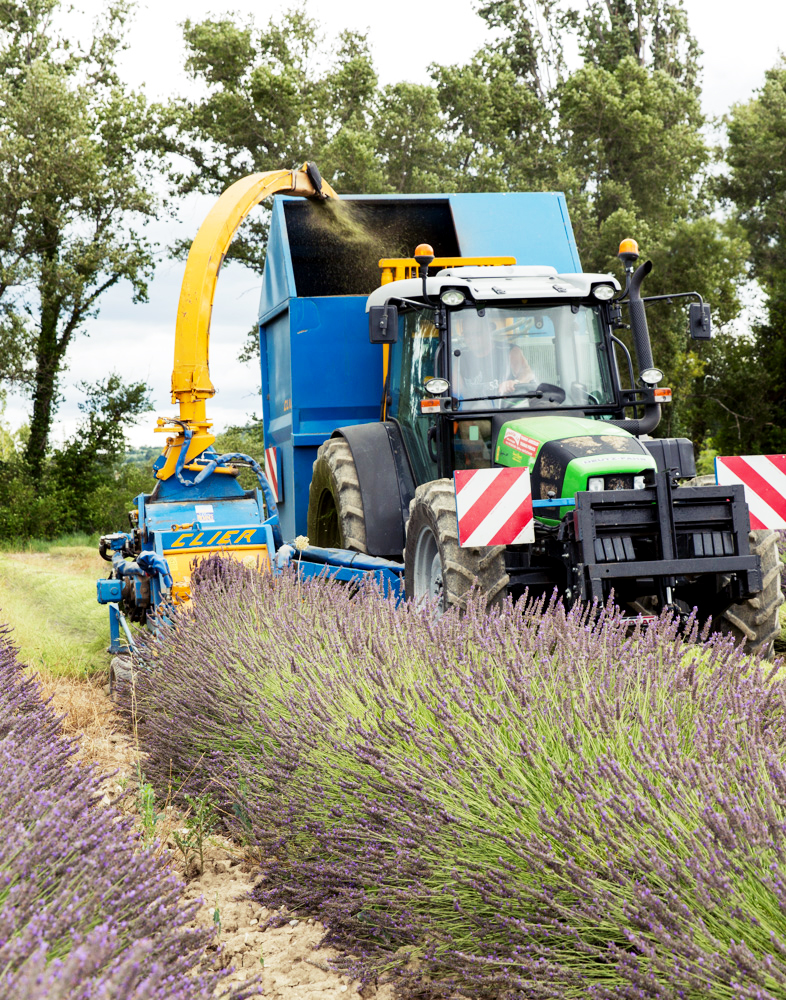
Sadly, if you visit the lavender fields around Valensole, you’ll see these fragrant plants are only a fraction of their former glory. We want to restore this flower that was the favorite of Charles VI of France, who demanded lavender-filled pillows wherever he went and Queen Elizabeth I of England who required lavender be present at the royal table. Even Louis XIV loved lavender and used it to scent his bathwater. Lavender is one of the most storied ingredients in the history of perfume. We want to bring back this noble ingredient of perfumery to its former glory and pay tribute to the favorite flower of the European aristocracy.
How We Are Doing Our Part
It is important we help our local farmers maintain their livelihood while we also protect a source that is so important to the global economy. Did you know that French lavender production represents 50% of global production and French lavandin (a variety related to lavender) accounts for 90% of the global production? Our goal is to preserve this national treasure, sustain access to a high-quality source, maintain revenues for the farmers and improve environmental practices.
Part of the plan for rebuilding the lavender fields of Provence is making sure we’re doing it responsibly. That’s why we have been partnering with the CRIEPPAM Research Institute in Manosque since 2013 with whom we carry out a joint research project on lavender farming. CRIEPPAM works with a wide variety of forgotten aromatic and medicinal plants to improve and secure their production. This also involves reintroducing endangered varieties and the domestication of wild plants to avoid plundering nature. Our project with this organization is aimed at crop resilience, improved biodiversity and additional income for farmers. We’re also one of the first companies to use CENSO-certified raw materials. CENSO regulates the quality, sustainability and traceability of the French lavender and lavandin supply as well as fair income for producers.
Fair Trade & Biodiversity
One of the ways we are able to secure the quality of lavender is with a new harvesting machine we co-developed called Espieur. With the Espieur process we collect a better quality of yield, only removing the blossoms of the lavender. In doing so we use 30% less water during the distillation process. We also consume 30% less energy and reduce our carbon footprint by 50%. The result is an extract that is higher in quality as it’s much finer, cleaner and purer in color and smell since we are only collecting the blue flower and no stems. Thanks to that innovation, we have helped 2,000 farmers ensure fair income with stable prices.
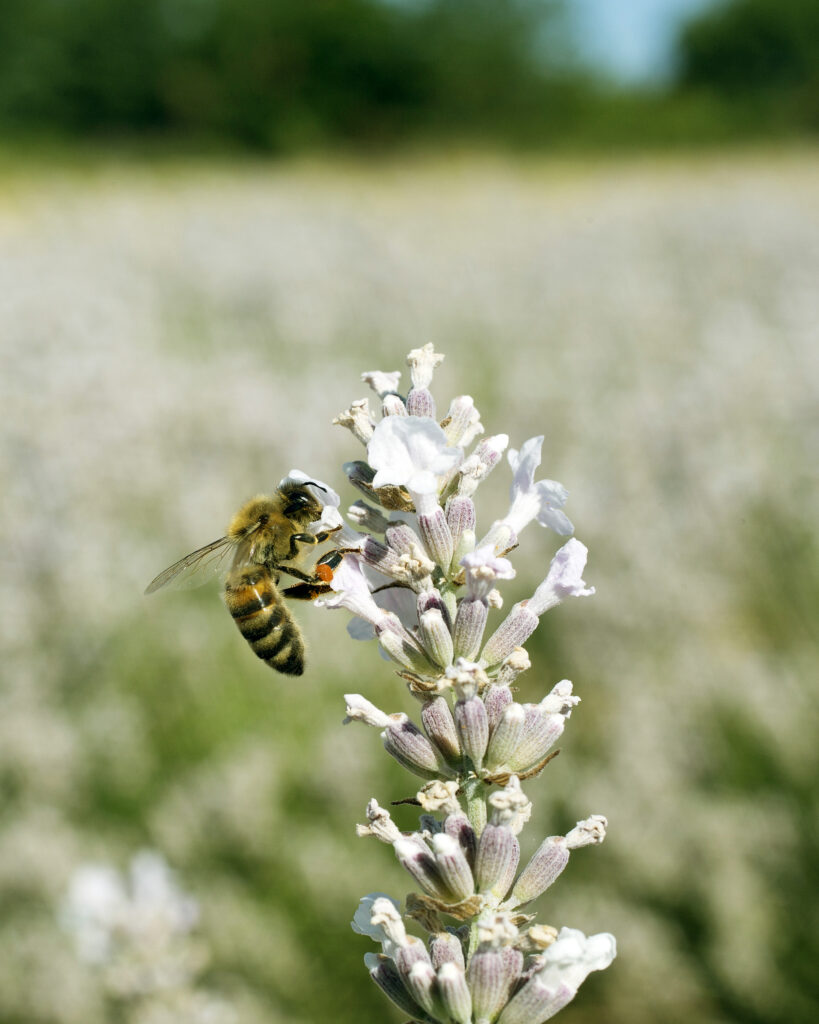
Fighting against the diseases that threaten these plants is another huge part of our support for the lavender industry and the workers who depend on its success. We help research new varieties of resistant plants with increased yields and supply local farmers with disease-free plants. We also focus on bee-friendly cultivation to make sure we’re not doing anything to hurt the bees that are such an integral part of our environment and of the pollination process.
White Lavender, a Rare, Rediscovered Variety Sent by Angels
One of our most recent innovations is white lavender oil. It is extremely rare and grows only at high altitudes, which is why it has never been used in perfumery before. It’s used for its soothing properties, delivering relief to skin irritations and sunburn, but its real magic lies in its delicate aroma. We’ve developed new fragrances based on this beautiful flower, whose scent is different from classic lavender. It’s much more floral, elegant and feminine. Expert perfumer Pierre Guèros has called it “an extinct hybrid brought back to life and into the future,” changing our perceptions of lavender and opening us up to new scent possibilities.
The Lavender Scent We’re All Looking For
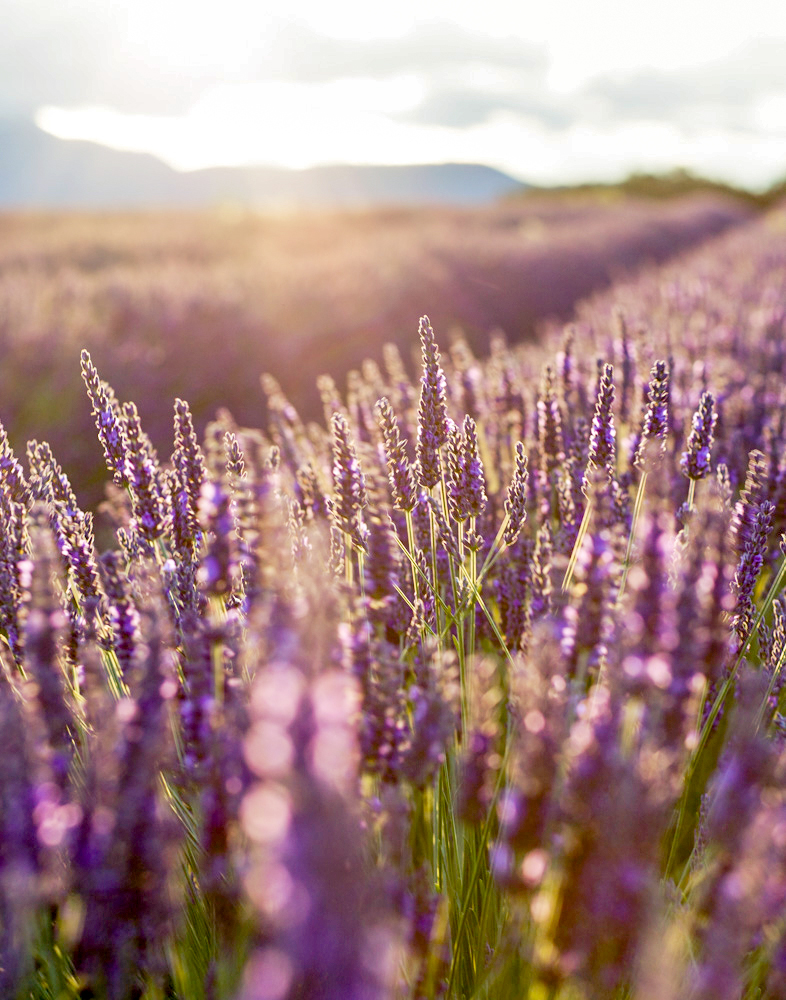
Purple or white, lavender is a classic, timeless scent that transcends gender, age and use. The premium lavender we produce is used in many different types of products, from fine fragrance, to personal care and home care. We recognize this scent can mean different things to different people. To some, it’s fresh like the air after rain. In some cases, the aromatic brings back memories of caring. To others, it’s clean or natural. For some, lavender edibles are tasty. And, for others, the floral smell is sensual. Our perfumers know how to blend lavender oils with other essences to create those powerful emotional connections people are looking for.
Our continuous work to produce the highest quality lavender oils is a direct reflection of our commitment to sustainability in everything we do. Our passion for sustainability goes hand-in-hand with our promise to create the most beautiful lavender fragrances you can imagine.
Do you have any fond memories associated with lavender? Has anyone visited the lavender fields in the south of France? We would love to hear about your experiences.

